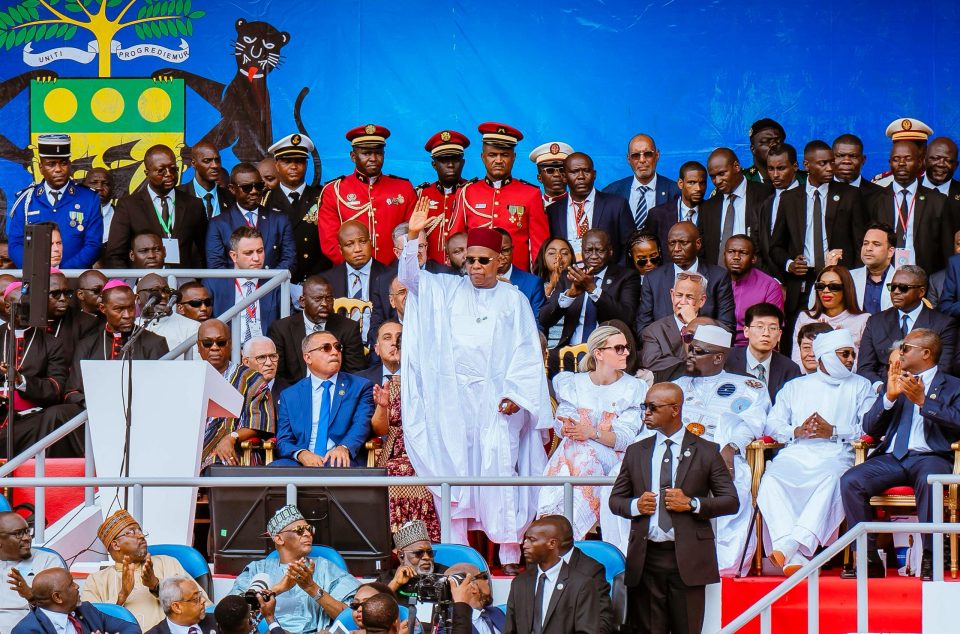US Solar Tariffs Drive Asia Transition Boom

New US tariffs on solar panels made in Southeast Asia could present an opportunity for the region to accelerate its own energy transition. The United States announced plans for significant duties on solar panels manufactured in Cambodia, Vietnam, Thailand, and Malaysia following an investigation into unfair practices, particularly by Chinese-headquartered firms. These tariffs would add to those already imposed by the Trump administration, including blanket levies and duties on Chinese-made goods, potentially severely impacting the US market, which relies heavily on imported components.
China dominates the global solar panel market, controlling a large portion of the manufacturing process. The new tariffs could make solar exports to the US commercially impossible. Southeast Asia accounted for a substantial percentage of US solar panel imports in 2024. Many Chinese manufacturers had shifted operations to Southeast Asia to avoid punitive measures imposed by the US and the European Union.
The proposed duties range from around 40 percent for some Malaysian exports to over 3,500 percent for some Cambodia-based manufacturers. Despite the challenges, there could be a silver lining for the region. The tariffs and trade war are likely to accelerate the energy transition in Southeast Asia. China may increase efforts in regional markets, pushing for policies that enable the fast adoption of green energy across the region.
Countries in Southeast Asia have been moving slowly to transition from fossil fuels. Malaysia, for example, relies on fossil fuels for a significant portion of its electricity generation and has a renewables target that has been criticized as insufficient. The tariff regime represents an opportunity for the region to focus on local energy transitions, speeding green energy uptake and driving a new market that could serve as a natural hedge against external volatility. However, replacing the US market will not be easy.
The local solar industry has been largely opportunistic, focused on leveraging domestic resources for export gains. Cut off from the US market, it could instead focus on local energy transitions. Success depends on turning this export-led momentum into a homegrown cleantech revolution. While clearance prices may be attractive, countries may be cautious about a flood of solar, prioritizing trade balance and local green jobs. Major markets like Indonesia and India already have measures in place to favor domestic solar production.











